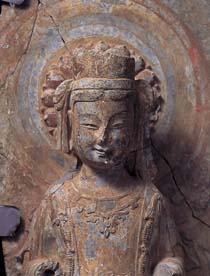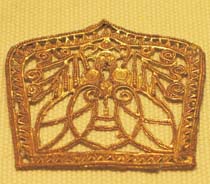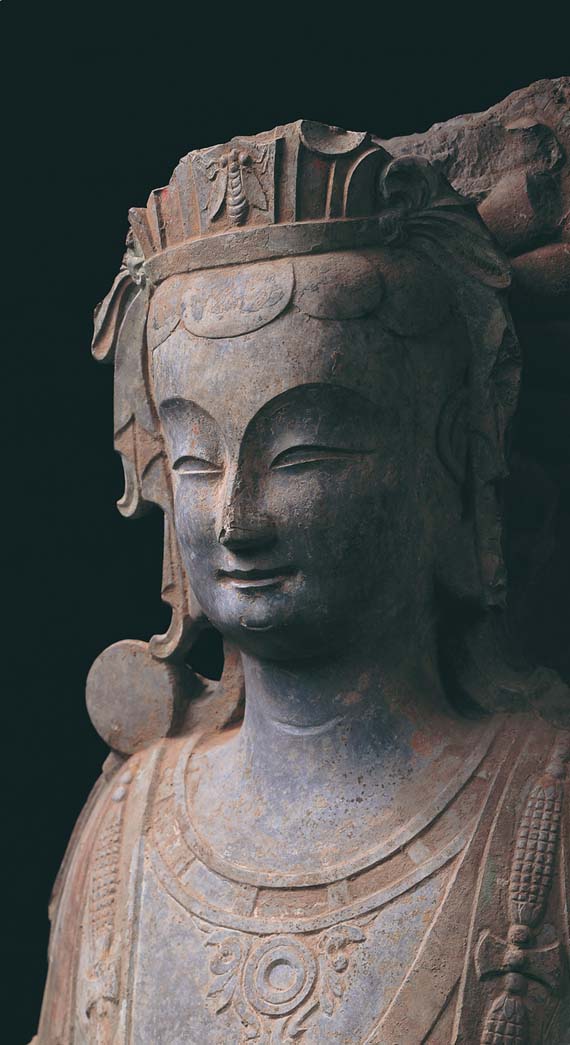
 |
Buddhism started in India and
was introduced to China via the Silk Road. In China it was transmitted from
Chang’an to Luoyang, then to Shandong around the third to fourth century.
This exhibition showcases seventy-two Chinese Buddhist images from Shandong
Province, dating to the Sixteen Kingdoms period (304–439), when Buddhism was
first introduced to this area, to the Northern Wei, Eastern Wei, Northern Qi,
and Sui dynasty (4th to early 7th century), and surveys their stylistic
development over time. Featured here are forty-one gilt bronze and
thirty-one stone images, including thirty-two with inscriptions that offer
insight into their production dates. Highlights include sixteen masterworks
from among the group of Buddhist statues that were discovered in 1996 during
the excavation of the Longxingsi temple ruins in Qingzhou, and three
bodhisattva images with cicada-ornamented crowns, including the image
excavated from Bo’xing County that MIHO MUSEUM will present to Shandong
Province in the end of 2007.
 fig. 1
fig. 1Among the bodhisattva statues with stylistic features that were produced in Shandong Province from the late Northern Wei (386–534) to Eastern Wei (534–550) dynasty are several unique images wearing cicada-ornamented crowns (cover and figs. 1 and 3). Such iconography did not originate in Buddhism, but is thought to come from a Chinese tradition dating to the Warring States period (c. 475 B.C.–221 B.C.) of using cicada ornaments on the front of headdresses as a symbol of the integrity and prudence of an emperor’s vassal and high-ranking eunuch.
Several cicada-shaped crown ornaments worn by laypersons have been excavated (fig. 2). Notable is the discovery of such items from the tomb of Feng Sufu, who lived in the Northern Yan state (409–436). Findings included headdresses with seated Buddha images—which were placed, as if hidden, behind headdresses with dangling ornaments—along with cicada-shaped crown ornaments. If Feng Sufu wore such headdresses in his lifetime, it would mean that he represented the manifestation of the bodhisattva Guanyin (J., Kannon), the image on the front of his headdress. Moreover, since cicada-shaped crown ornaments were also excavated from the same tomb, this may indicate that such aristocratic Buddhist followers perhaps set the precedent for bodhisattva statues wearing cicada-ornamented crowns.
The current exhibition features three such bodhisattvas from the late Northern Wei to the Eastern Wei dynasty, which may offer some clue in solving the mystery of these cicada-crowned images.
 fig. 2
fig. 2
fig. 3